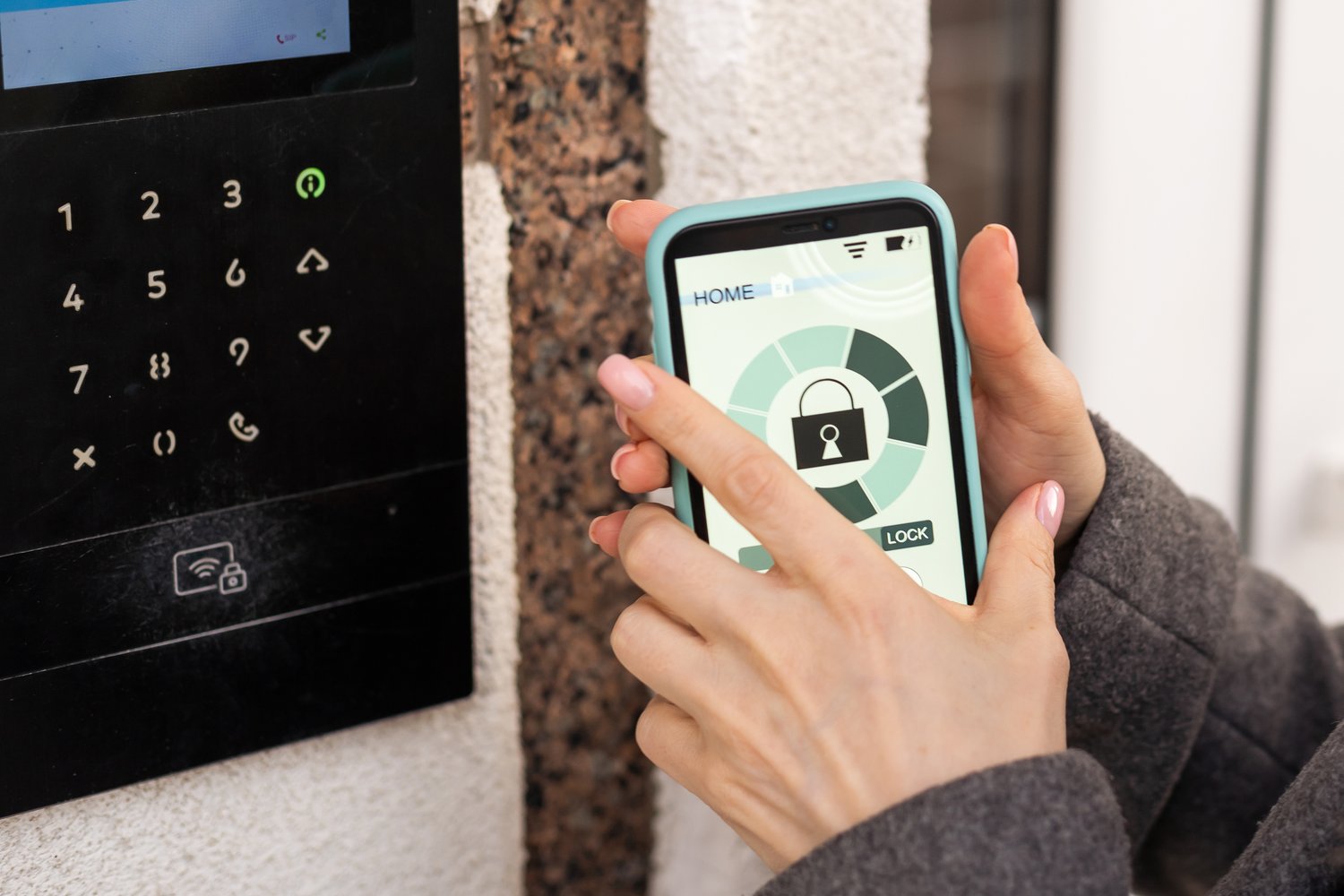In an era where home security is heavily reliant on technology, wireless video doorbells have emerged as a pivotal component. Yet, many homeowners face frustrating signal issues that compromise the effectiveness of these devices. How can you ensure seamless operation and robust performance for this crucial element of your home security system? This article dives into the range and connectivity challenges faced by wireless video doorbells and provides actionable insights to overcome them.
- Discover the common sources of signal interference that can hinder your wireless video doorbell’s performance.
- Learn effective methods to extend the signal range, ensuring comprehensive coverage of your property.
- Explore practical solutions to enhance connectivity, minimizing disruptions and maximizing device functionality.
By understanding the intricacies of wireless video doorbell signal issues and applying the strategies outlined, you’ll be equipped to significantly boost the reliability of your home security system. Dive into the full article to unlock practical solutions tailored to your needs.
Understanding Wireless Video Doorbell Signal Issues: Range and Connectivity Challenges
Wireless video doorbells have revolutionized home security by providing real-time monitoring and alert capabilities. However, they are not without their range and connectivity challenges. These devices rely heavily on Wi-Fi signals to function effectively, and any interference can significantly impact performance.
One of the common issues faced by wireless video doorbells is signal interference from physical obstructions like walls, metal doors, and electronic appliances. Thick walls, in particular, can impede the signal, reducing the device’s range and leading to connectivity issues.
Another factor contributing to signal interruptions is the overcrowding of wireless networks, especially in densely populated areas. With many devices competing for bandwidth, your video doorbell might struggle to maintain a consistent connection. This makes it essential to understand the bandwidth requirements and ensure your home network can accommodate them.
It’s also worth noting that external factors, such as weather conditions and electronic noise from neighboring devices, can further exacerbate connectivity problems. Addressing these issues requires a comprehensive approach that includes understanding Wi-Fi standards, signal strength limitations, and network optimization techniques.
Improving Range for Wireless Video Doorbell Signal: Techniques and Tools
Enhancing the range of your wireless video doorbell is crucial for ensuring uninterrupted security coverage. One of the primary methods to boost signal strength is by employing Wi-Fi range extenders. These devices work by amplifying the existing signal, extending coverage to reach your doorbell effectively.
Proper placement is equally important. Position your router centrally in your home, away from potential obstacles that could block the signal path to your video doorbell. Additionally, positioning the doorbell at an optimal height can also contribute to improved signal reception.
Exploring alternative technologies, such as mesh Wi-Fi systems, can provide a dynamic solution for increased range and reliability. Mesh systems consist of multiple nodes that create a seamless network blanket over your home, ensuring consistent connectivity without any dead zones.
Moreover, utilizing modern Wi-Fi standards and opting for higher frequency bands, such as 5 GHz, can lead to less congestion and better overall performance. Incorporating these techniques will not only enhance the range of your wireless video doorbell but also significantly improve the overall efficiency of your home network.
Enhancing Connectivity: Solutions for Wireless Video Doorbell Signal Issues
In the digital age, ensuring seamless connectivity is crucial for wireless video doorbells to function optimally. Connectivity problems with these devices can significantly impact their performance, but there are strategic techniques to overcome these challenges.
Firstly, optimizing your network settings can have a profound effect on connectivity. Ensure that your router’s firmware is up to date. This not only resolves known vulnerabilities but also enhances the overall network performance. Furthermore, consider adjusting your router’s settings to reduce the channel interference. Selecting a less congested Wi-Fi channel can significantly improve the video doorbell’s connection.
Another vital step is choosing the right frequency band. Most modern routers offer dual-band connectivity, operating on both 2.4 GHz and 5 GHz frequencies. While 2.4 GHz provides a wider range, the 5 GHz band delivers faster speeds and reduced interference, which may be beneficial depending on your home’s layout and the distance between the video doorbell and the router.
Minimizing interference from other electronic devices is equally important. Household appliances like microwaves, baby monitors, and even certain smart home devices can disrupt wireless signals. By strategically placing your router and your wireless video doorbell, you can minimize these disruptions. It’s also beneficial to ensure that both the router and the video doorbell are free from physical obstructions like thick walls, which can impede signal transmission.
Employing these solutions not only enhances the connectivity of your wireless video doorbell but also improves the overall reliability of your home security system. Consistently maintaining your network and devices will ensure optimal performance, providing peace of mind and security.
Frequently Asked Questions About Wireless Video Doorbell Signal
What causes wireless video doorbell signal interference?
Interference can be caused by thick walls, electronic devices, and network congestion from other Wi-Fi devices.
How can I extend the range of my wireless video doorbell?
Use a Wi-Fi extender, strategically place the doorbell and router, or consider Mesh Wi-Fi systems.
What frequency band is best for a video doorbell?
The 5 GHz band offers faster speeds, while 2.4 GHz provides better range.
Can other devices affect the doorbell’s connectivity?
Yes, microwaves, Bluetooth devices, and large electronic items can interfere with the signal.
Is it possible to improve performance without additional hardware?
Yes, reposition your router, reduce electronic clutter, and optimize network settings.





